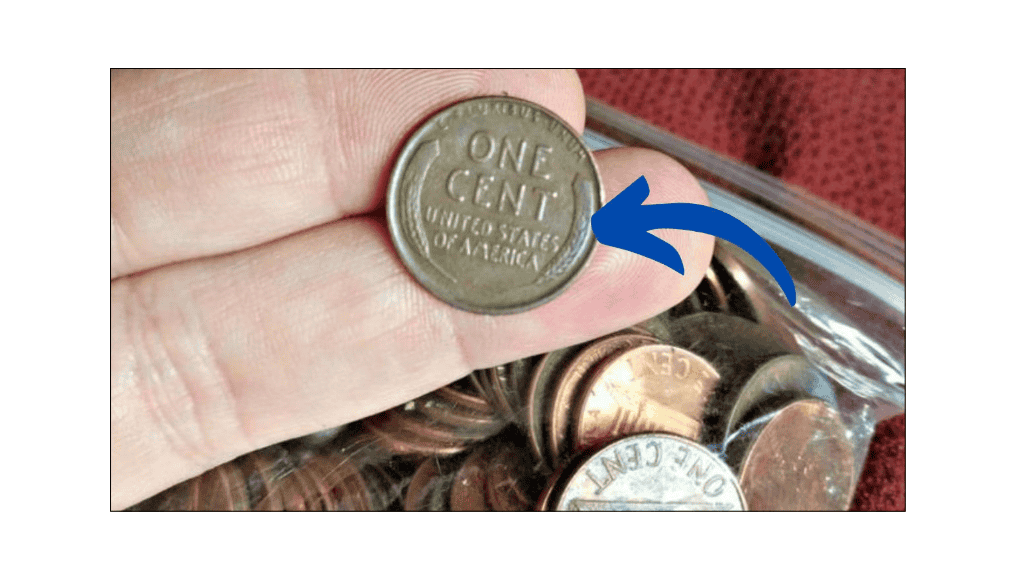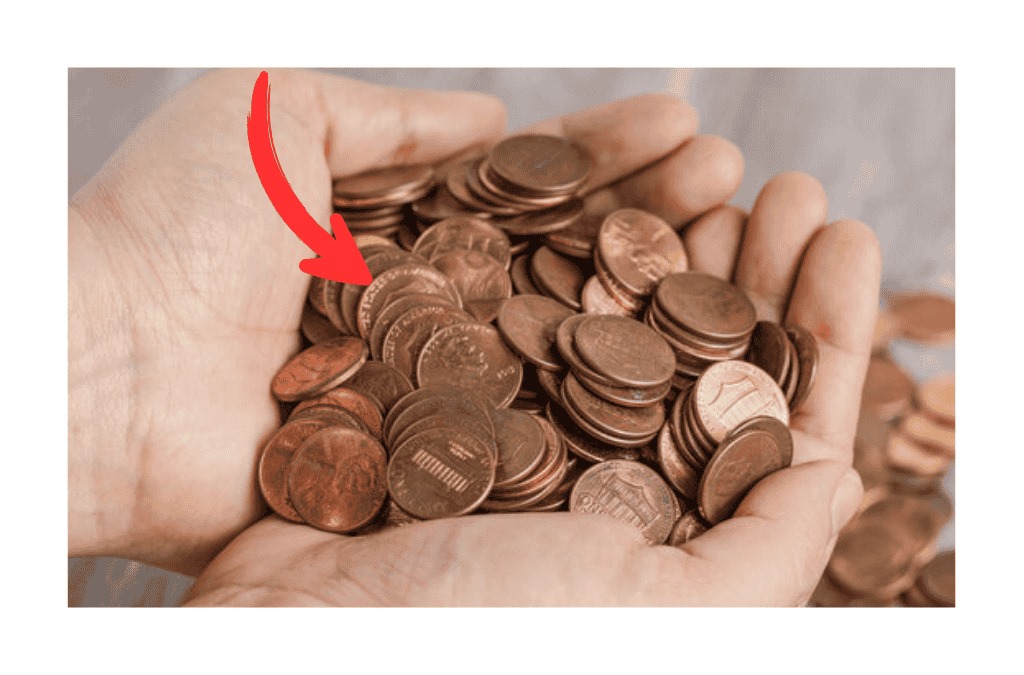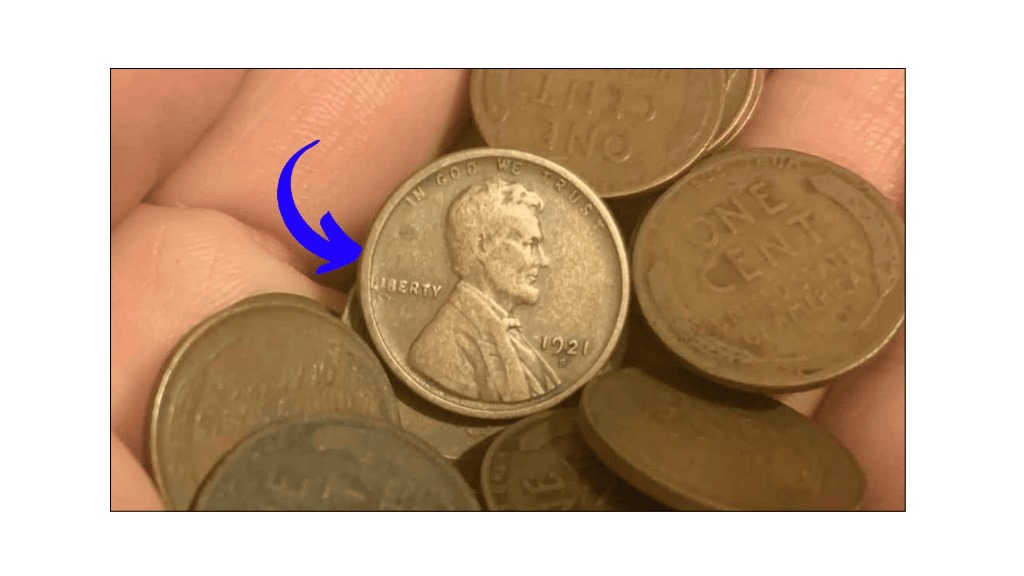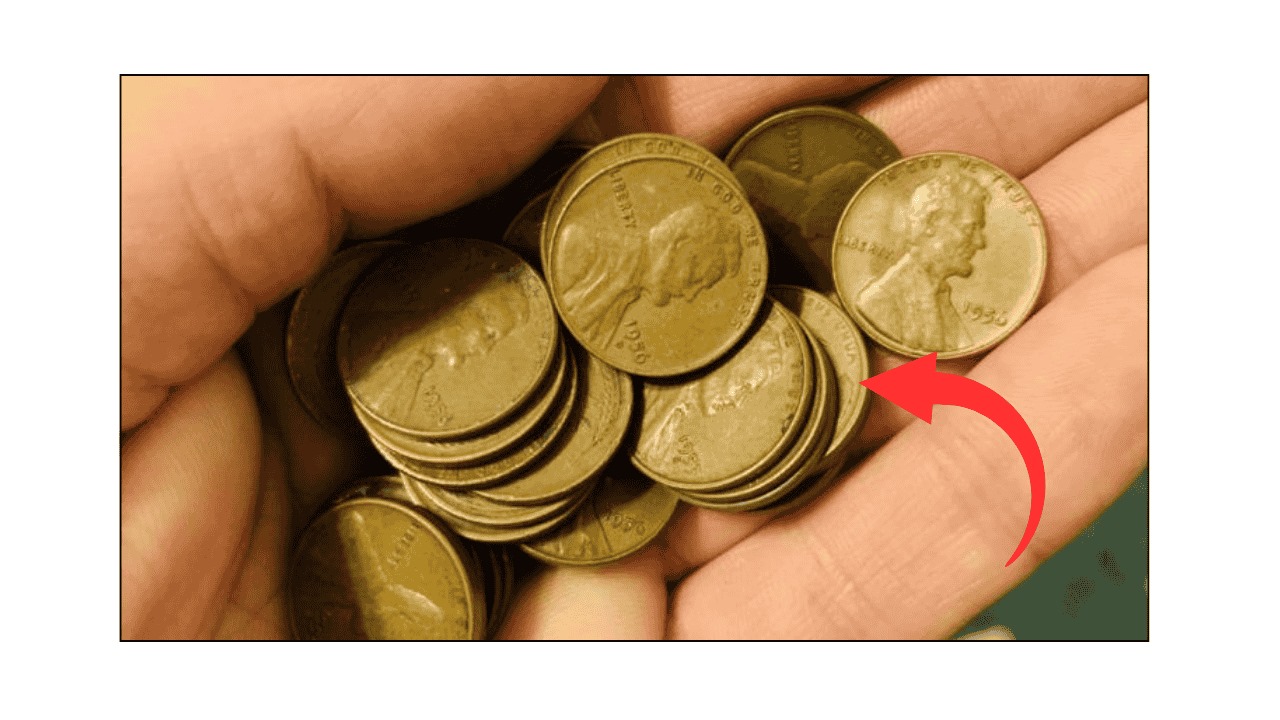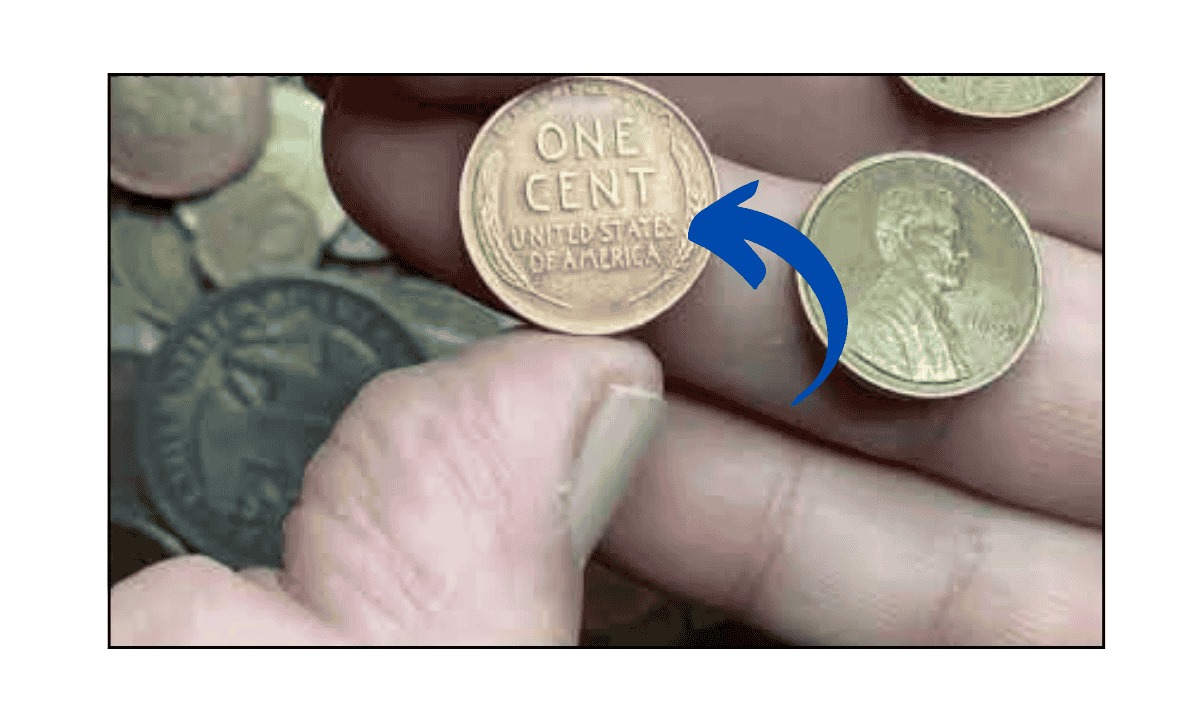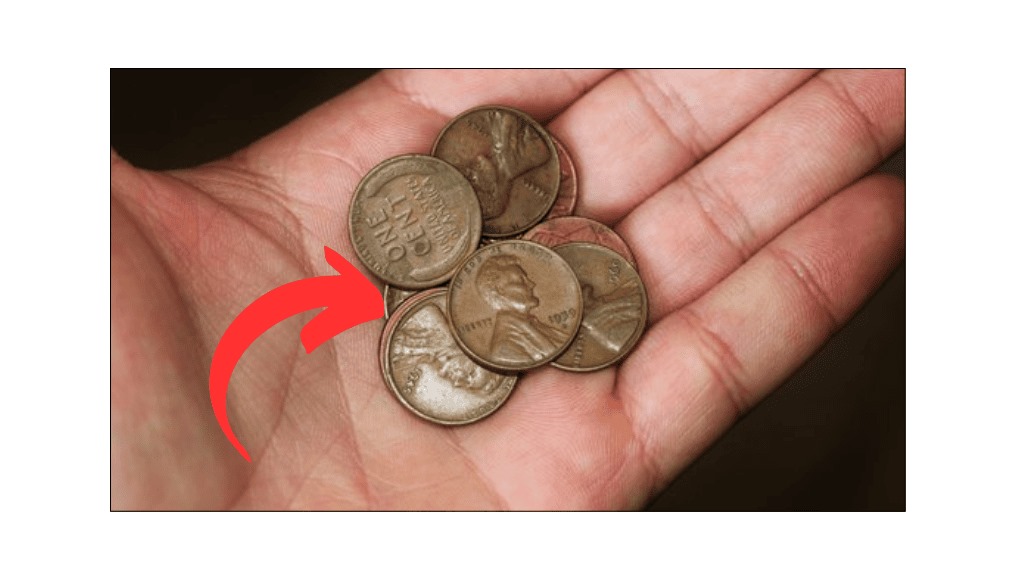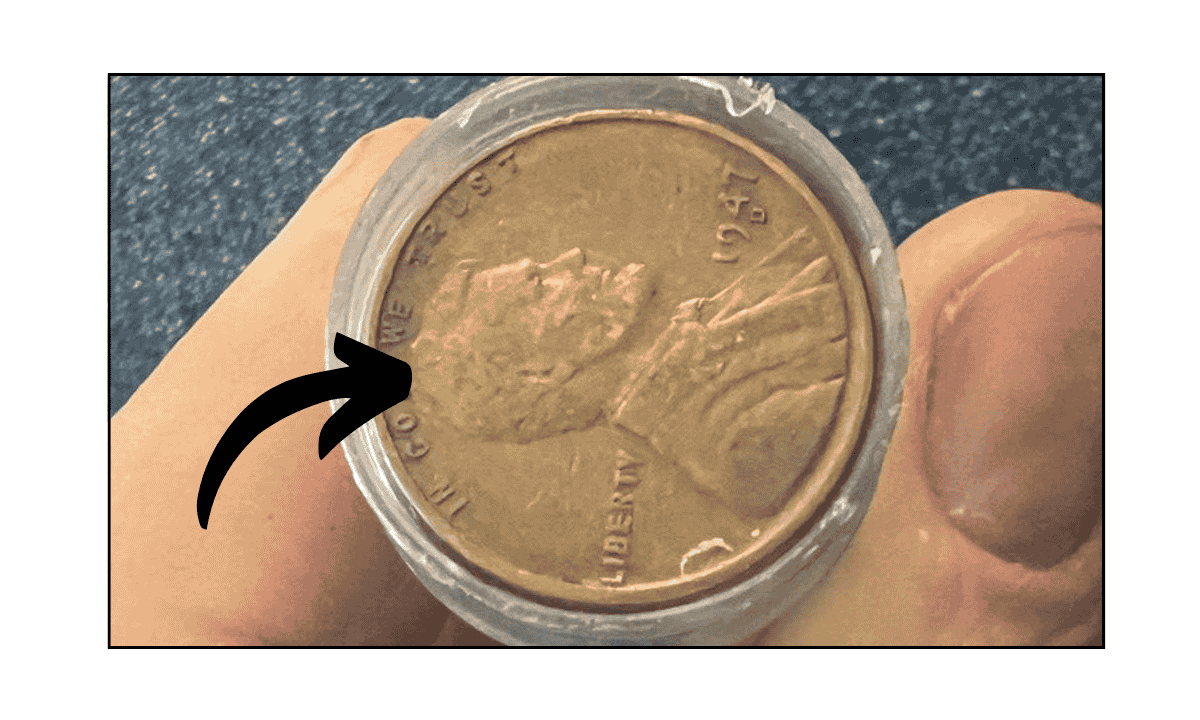The Lincoln Wheat penny, a coin that was first introduced in 1909, holds a unique place in the hearts of many collectors. Known for its distinctive wheat stalk design on the reverse side, this coin was produced by the United States Mint from 1909 to 1958.
However, it’s not just the historical significance of the Wheat penny that makes it valuable; certain rare editions of the coin can fetch extraordinary prices. In fact, one Lincoln Wheat penny was recently valued at a staggering $576,000, and it is still in circulation today.
Understanding the Lincoln Wheat Penny
The Lincoln Wheat penny was first introduced as a replacement for the Indian Head cent. It featured the portrait of Abraham Lincoln on the obverse, while the reverse displayed two stalks of wheat, symbolizing the country’s agriculture. The coin was made of 95% copper and 5% tin and zinc until 1943, when a shortage of copper during World War II led to the production of pennies made from steel.
Despite its long history, the Wheat penny was discontinued in 1958 and replaced by the Lincoln Memorial penny. However, these coins remain an important part of numismatic collections today. While most of the Lincoln Wheat pennies are not worth much more than their face value, a few rare varieties stand out, especially among collectors and investors.
The $576,000 Lincoln Wheat Penny
One of the most famous examples of a rare and valuable Lincoln Wheat penny is the 1943 copper penny. In 1943, the U.S. Mint was forced to switch from using copper to using steel to create pennies due to the wartime demand for copper. However, a few copper pennies were accidentally struck that year. These rare 1943 copper pennies are incredibly sought after by collectors due to their extreme scarcity.
In 2010, a 1943 copper Lincoln Wheat penny was sold at auction for $1.7 million, setting a record for the most expensive penny ever sold. While $576,000 isn’t quite as high, it still reflects the immense value that these rare coins can fetch. This particular 1943 copper penny is one of just a few known to exist, making it a highly prized item for any serious collector.
Why the 1943 Copper Penny is So Valuable
The 1943 copper penny is valuable for a few reasons. First, the sheer rarity of the coin makes it a highly sought-after item. Only a small number of copper pennies were struck by mistake in 1943, with most of the coins produced that year being made of steel. Because of this, the 1943 copper penny is one of the most elusive and famous errors in U.S. coinage history.
Additionally, the historical significance of the coin adds to its value. As the United States was engaged in World War II during 1943, the production of copper was vital for the war effort. The penny’s accidental release during such a critical time makes it a fascinating piece of American history.
Finally, the demand for rare coins and collectibles contributes to the price. Many investors view rare coins, like the 1943 copper penny, as a way to diversify their portfolios. Coins are often seen as a safe investment because their value can increase over time, especially as they become harder to find.
Are There More Rare Lincoln Wheat Pennies?
While the 1943 copper penny is the most well-known, it’s not the only valuable Lincoln Wheat penny out there. Other rare coins, such as the 1909-S VDB penny, can also command impressive prices. The 1909-S VDB penny, which was produced in San Francisco, is particularly sought after because of a design change that included the initials “VDB” on the reverse side of the coin. Only a limited number of these pennies were struck, making them highly collectible today.
Other factors can also affect the value of a Lincoln Wheat penny, including the coin’s condition, its mint mark, and whether it is a rare variety. Pennies with misprints, unique errors, or those produced in limited quantities can often be worth much more than the typical penny.
What Makes These Pennies Still Valuable?
Despite the fact that the Lincoln Wheat penny is no longer in production, it remains a vital part of the coin collection world. Its historical value, the rarity of certain editions, and the continued interest in numismatics ensure that these pennies retain their worth. Even though most people encounter Lincoln Wheat pennies only in their pocket change, the value of some rare coins can continue to grow.
The fact that a Lincoln Wheat penny is still in circulation, yet valued at hundreds of thousands of dollars, speaks volumes about the lasting appeal of these small, but highly prized, pieces of history.
The Lincoln Wheat penny is much more than a simple piece of currency; it is a part of American history that continues to fascinate collectors and investors. With rare examples such as the 1943 copper penny selling for over $576,000, these coins prove that they are not only a reminder of the past but also a valuable asset for those lucky enough to find them.
As long as these pennies remain in circulation, there is always the potential to stumble upon a rare gem that could change a collector’s life forever. Whether you are an avid collector or just curious about coins, the Lincoln Wheat penny offers a glimpse into a fascinating world of rare treasures and valuable history.
FAQs
Why is the Lincoln Wheat Penny worth $576,000?
The 1943 Lincoln Wheat Penny made from bronze was a minting error. It’s extremely rare and highly valuable to collectors, especially if it’s in good condition.
How do I check if I have a rare penny?
Check for the year 1943. Use a magnet — if it doesn’t stick and the coin is brownish, it might be bronze. Also, check for mint marks like D or S.
Can I still find this coin in circulation?
Yes, rare coins like this have been found in old collections or even as change. It’s rare, but possible.
What should I do if I find a rare Lincoln Penny?
Keep it safe and avoid cleaning it. Take it to a coin grading service or trusted dealer to confirm its value.
